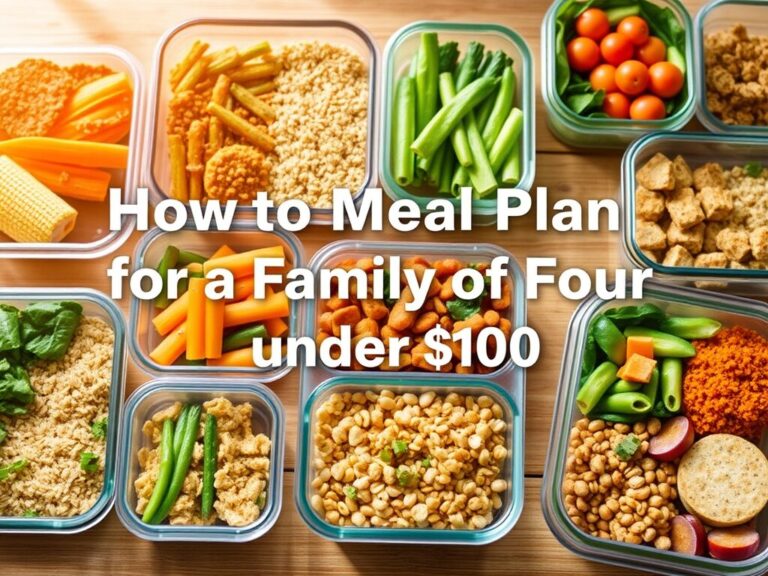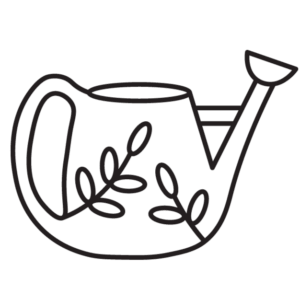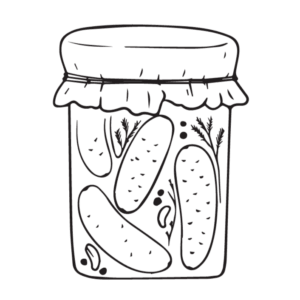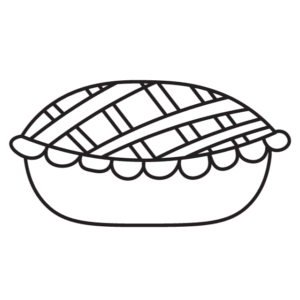The ultimate cheat sheet to get your garden growing smarter, not harder.
If you’ve ever stood in front of seed packets with a confused look, Googled “what zone am I in,” or planted 14 zucchini plants because the label said “prolific,”—you’re in the right place.
Gardening isn’t about guessing. It’s about having the right tools and knowing when and what to plant—for your climate, your space, and your goals. Whether you’re brand new to the gardening game or you’ve got compost under your nails and calendula in your pockets, these resources will help you plan, plant, and thrive.
Let’s dig in (literally).
1. Know Your Growing Zone
Before you buy a single seed, know your USDA Hardiness Zone. This tells you what plants will survive your winter and when to safely plant outdoors.
Tool: USDA Plant Hardiness Zone Map
Just enter your zip code and voilà—you’ll know your zone and what perennials can handle your frost dates.
Why it matters: Zones help you know when to plant tomatoes (hint: not in February) and if you can overwinter rosemary outdoors.
2. Track Your Frost Dates
First frost, last frost—these are your bookends for the gardening season. Knowing them is key for starting seeds and transplanting safely.
Tool: Almanac.com Frost Date Calculator
Put in your zip code and get average dates for your area.
Pro tip: Seed packets will often say “start indoors 6–8 weeks before last frost”—this tool helps you count backwards like a pro.
3. Seed Starting Schedules
Timing is everything when starting seeds indoors. Start too early and your plants get leggy. Start too late and they won’t mature in time.
Tool: Johnny’s Seed Starting Calculator
It spits out exact dates for starting everything from tomatoes to zinnias.
Bonus: It includes transplant dates, which is gold when your grow lights are full and you’re wondering when you can free up some trays.
4. Free Printable Garden Planners
No shame in using pencil and paper. A garden journal helps you track what worked, what didn’t, and when you actually planted those peas.
Tool: Homesteading Family’s Garden Planner
This free printable PDF lets you sketch layouts, list varieties, and map out weekly tasks.
Why you need it: A good planner helps you rotate crops, avoid planting 4 beds of radishes again, and remember what that unlabeled tomato actually was.
5. Companion Planting Charts
Some plants play well together. Others? Not so much.
Tool: The Old Farmer’s Almanac Companion Planting Chart
See which herbs repel pests, which flowers attract pollinators, and what veggies boost each other’s growth.
Example: Planting basil near tomatoes makes them tastier. Marigolds near everything keeps pests in check.
6. Soil Testing Resources
Your plants are only as healthy as your soil. Test it to find out if you need more nitrogen, compost, or a whole soil intervention.
Tool: Local Cooperative Extension Offices (find yours here)
Send in a sample and get back a full report—with recommendations.
Alternative: Buy an at-home test kit or use a digital pH meter. Not as accurate, but a good start for first-time growers.
7. Gardening Books That Actually Help
Sometimes, flipping through a dog-eared gardening book with dirt on the pages just hits different. These are my favourites for planting:
📘 The Vegetable Gardener’s Bible by Edward C. Smith
📘 Grow Great Vegetables in [Your State] series (tailored to your region)
📘 The First-Time Gardener by Jessica Sowards (yes, of Roots and Refuge—super beginner friendly)
8. Online Seed Catalogs & Plant Databases
Don’t just shop—learn. The best seed catalogs double as planting guides.
🛠 Favorites:
- Baker Creek Heirloom Seeds (gorgeous photos, heirloom varieties)
- Johnny’s Selected Seeds (super detailed growing info)
- Seed Savers Exchange (great for seed history and preservation)
🌱 Hot tip: Always check days to maturity. If your growing season is short, opt for faster varieties!
9. Raised Bed and Spacing Calculators
Got limited space? Max it out with the right spacing plan.
🛠 Tool: GrowVeg Garden Planner
Drag-and-drop garden beds, plan your layout, and even get alerts when to plant. (Free trial available.)
🛠 Also try: Square Foot Gardening Spacing Guide
Why it matters: Overcrowding = disease, poor yield, and sadness. Give your plants room to thrive.
10. Apps for On-the-Go Garden Tracking
Because sometimes you’re standing in the greenhouse thinking, “Did I fertilize this bed or not?”
Apps to try:
- From Seed to Spoon – Custom planting schedules by your location
- Planter – Great for companion planting and garden layouts
- Gardenize – Track what you planted where and when
Final Thought: Use What Works for You
You don’t have to use every resource here. Maybe you’re a spreadsheet person. Maybe you need sticky notes and seed catalogs everywhere. Maybe you only garden after coffee and chaos.
What matters is building a system that helps you garden with confidence—and gets you from packet to plate without the stress.
Want me to turn this into a downloadable one-page resource list or planner? Let me know and I’ll bundle it up for your next planting session.
Now go forth and plant like a pro.







